The problem
The scope of the original discovery was broad, this resulted in gaps in its findings and produced recommendations that appeared to be more appropriate for a beta than an alpha phase.
Why we needed further discovery
During the inception period of alpha, we found that:
- challenges were often rooted in upstream processes
- multiple teams were addressing similar issues around ESFA’s communications and processes
- a varied wide to narrow systemic approach was needed to identify and understand user pain points
To conduct an effective alpha, we needed:
- clearer mapping and definition of end-to-end service journeys
- more detail on user needs and how systematic issues affected them
- an understanding of the interdependencies between ESFA services
- to explore the different needs of single academy trusts and multi academy trusts
We needed a more comprehensive understanding of these complexities before we could begin identifying our riskiest assumptions.
What we did differently
Defined and focused our research scope
- mapped the key user touchpoints in a team workshop
- explored dependencies across ESFA services
Engaged users and stakeholders
- conducted in person research with a wider range of users
- held sessions with internal ESFA stakeholders and teams to understand information flows
Lessons learned
- critical review of the discovery phase avoided design errors: exploring the roots of discovery recommendations helped us assess unverified assumptions and recommendations
- an iterative discovery uncovered root causes: returning to discovery enabled a deeper understanding of systemic issues
- involving users and stakeholders early clarified scope: active involvement ensured we understood problems and captured needs accurately
A rigorous critique of discovery and the recommendations which came out of discovery, identified a need to go beyond the statement of work to really understand the problem space. This identified gaps that could have led to a misaligned and isolated service.
What we learned in the additional discovery will help ensure we develop a user and business aligned service.
Next steps
The additional discovery has provided a solid foundation for improving ESFA communications.
Next, we will:
- document and prioritise our riskiest assumptions
- hold an ideation session to develop designs to test
- prototype and test improvements to communications
- engage users and stakeholders throughout development

